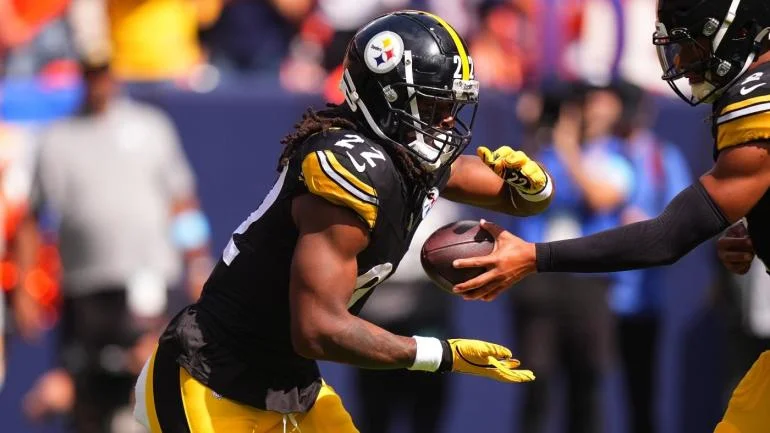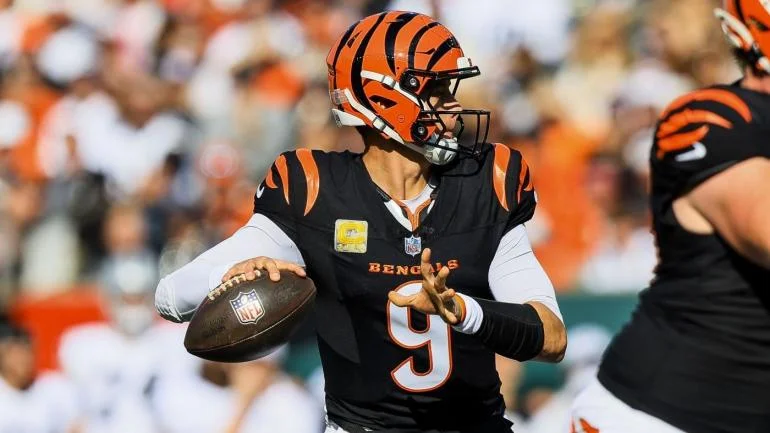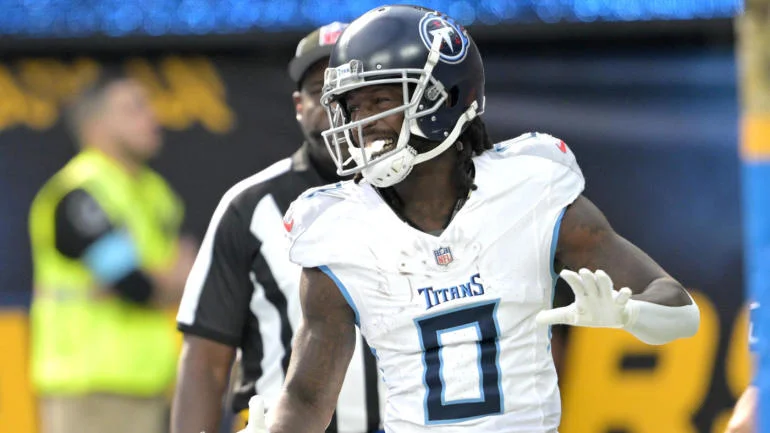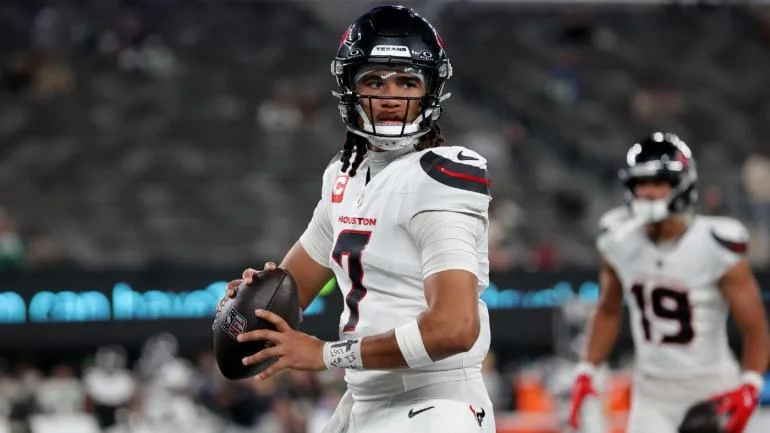This post piggybacks off an entry regarding underrated prospects.
In both cases, the logic is similar. I believe that an undervalued aspect of a prospect’s college resume is their impact early on in their careers. If a player can make a splash in college, immediately, it usually bodes well for his ability to make an impact in the NFL.
Conversely, the history of NFL Draft busts is littered with “one-year wonders” who exploded out of nowhere and parlayed that one season into a high pick. It’s hard to produce in college — but it’s extremely hard to produce twice. Opponents and their coaching staff have an entire summer to game plan for you and build their strategies around you; a star player who can produce again, despite all that, has the mark of a pro.
There are exceptions to these rules, of course, and context. Starting for 3-4 years at an elite program like Alabama is difficult, so you can excuse the blue-chipper who only started as a junior and senior there. And some of these prospects are extremely green — redshirt sophomores, in some cases — so their resumes and game tape are limited for a reason.
But in the most general sense, I do gravitate toward players with a history of production. A history of success that they’ve proven time and time again.
Based on that logic, players without that multi-year history are naturally risks in my mind. Here would be 5 such prospects I’d be wary about. Keep in mind: I’m not suggesting these prospects will be BUSTS, but simply that they carry more risk than most players in their draft range.
(5) OLB T.J. Watt, Wisconsin
rank on ESPN: #33
rank on my board: top 45
Based on his 2016 play alone, T.J. Watt looks like a legitimate first round pick. He displayed good explosiveness and power, racking up 11.5 sacks for the Badgers.
The problem is: this was the first time we saw Watt the Younger dominate like that. He was a mid-tier recruit who struggled with injuries and a position change before ultimately moving to edge rusher. Aside from his last name, no one could have seen that breakout coming. Offensive coordinators in the Big Ten certainly couldn’t — Watt developing into a pass rushing force must have snuck up on them.
Prospects like that scare me. Watt isn’t exactly a young phenom, either. He’s already 22 and will turn 23 later this year.
You can make the argument that the Watts are simply late bloomers. In fact, J.J. Watt was an even lower ranked high school prospect who started college weighing 220 pounds. A transfer and position change later, he came out as a strapping 290 hulk. Hm. Either the Watts have a great strength coach or… nevermind, not going there. But no matter what the source of T.J. Watt’s improvement, the fact that he hasn’t repeated his success yet makes him a natural risk in my mind. He’s a boom or bust second-rounder and may go even higher than that.
(4) OT Garett Bolles, Utah
rank on ESPN: #21
rank on my board: top 40
Unknown before the season, first-year starter Garett Bolles has shot up to the top of a particularly weak offensive tackle class. It would be a story that’s never been seen before if it wasn’t for players like Danny Watkins.
Some younger fans may not remember the name “Danny Watkins,” but I do. Back in 2011, Watkins was the media darling of the draft. A former firefighter turned junior college transfer, he had one strong season for Baylor and parlayed that into a first-round pick by the Eagles. What a story!
Watkins was a mauler and a tough guy who roughed up his college competition. But then again, he was 26 at the time. Looking back, maybe it’s not a surprise that he didn’t have much more upside left in the tank, and got swallowed up by vets his own age.
Garett Bolles isn’t quite that extreme, but he is going to turn 25 years old in May. That’s a red flag that suggests he may not have much more upside in him. I expect Bolles to be a quality starter (unlike Watkins), but I don’t know if I’d take him in the first round.
(3) LB Haason Reddick, Temple
rank on ESPN: #15
rank on my board: top 30
People love to beat up on Michigan’s Jabrill Peppers, figuring that he’d be over-drafted based on his pure athleticism rather than his production. As it turns out, Peppers has been docked quite a bit over this process.
Meanwhile, unknown Haason Reddick has flown up the charts, mostly as a result of his phenomenal athletic ability and one outstanding year (where he had 22.5 tackles for loss and 9.5 sacks). But like T.J. Watt and Garett Bolles, it took him quite a while to get there. A former walk-on, Reddick bounced around the field trying to find his footing before finally breaking out as a junior and senior. And let’s be honest, Temple football isn’t exactly Alabama. If Reddick was such a stud, why didn’t they unleash him earlier?
Based on his explosiveness, Reddick may turn out to be a star in the NFL. All I’m saying is: there’s a natural risk there, especially given his rising stock and rising price.
(2) QB DeShone Kizer, Notre Dame
rank on ESPN: #50
rank on my board: top 75
According to DeShone Kizer, he’s got the brains of Tom Brady and the physical tools of Cam Newton. He could be the greatest quarterback of all-time! Hey, that kind of bravado worked for Donald Trump, right? Make the Irish great again!
Unfortunately, DeShone Kizer couldn’t exactly do that in college. The team infamously went 4-8, despite a pro level QB and some solid talent throughout the roster. I was never terribly impressed when I watched Kizer play; to me, he’d lock onto one read and then start running. His completion percentage of 58.7% suggests that he has plenty of work to do as well.
I’m particularly surprised that Kizer didn’t return to college because two of his stud offensive linemen did — tackle Mike McGlinchey and guard Quenton Nelson. Both McGlinchey and Nelson could have been first round picks this year, but went back to school to rebound from that 4-8 season. Kizer didn’t. Maybe he simply hates Brian Kelly? Or maybe he’s overrating his readiness?
He has arm talent and physical talent, as he says, and he actually appears to be an intelligent young man as well. But in terms of NFL QB skills, there’s a lot of work to be done here. Does your team have the patience and commitment to invest 2 years into Kizer? How many coaching staffs in need of a franchise QB have that type of job security?
I’d take a flier on Kizer if I had a star QB in front of him that I could count on, which would allow Kizer to develop slowly — a la Brett Hundley in Green Bay. But if I’m a team that doesn’t have a QB answer on the roster, I don’t think I can count on Kizer to be that guy.
(1) DT Malik McDowell, Michigan State
rank on ESPN: #32
rank on my board: top 60
Malik McDowell looks like a star. He’s 6’6″ 270 and fairly chiseled. You can imagine him slashing through the line and wreaking havoc in the backfield.
The problem is: you’ll have to “imagine” it because it hasn’t actually happened yet. In his three years at MSU, McDowell has racked up a grand total of 24.5 tackles for loss and 7.5 sacks. Despite the limited production, he’s almost a lock for the top 45 picks in the draft.
In many ways, he reminds me of Oregon DE/DT Arik Armstead. Like McDowell, Armstead had all the physical tools. He was 6’8″ 280 with a massive wingspan. Like McDowell, he barely produced in college — totally just 10.5 tackles for loss and 4.0 sacks over the course of three years combined. Despite that, Armstead still went in the first round. He’s played extensively for the 49ers since then, but he hasn’t played particularly well. Fellow Duck DeForest Buckner looks like the real deal, while Armstead looks more like a question mark.
In fact, I wonder if the fact that Armstead and McDowell are so tall and lean (relative to their position) that it ends up hurting them in terms of leverage. A shorter plugger like Aaron Donald can immediately explode under your pad level, whereas they have to make a more concerted effort to stay low and utilize their technique — which isn’t always there.
I may take a flier on McDowell towards the end of R2, expecting him to be a decent rotational DE/DT, but it wouldn’t be with much enthusiasm.




